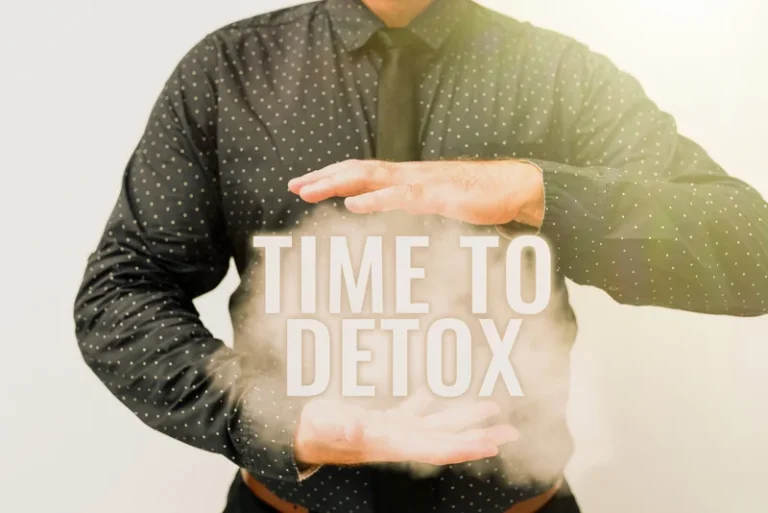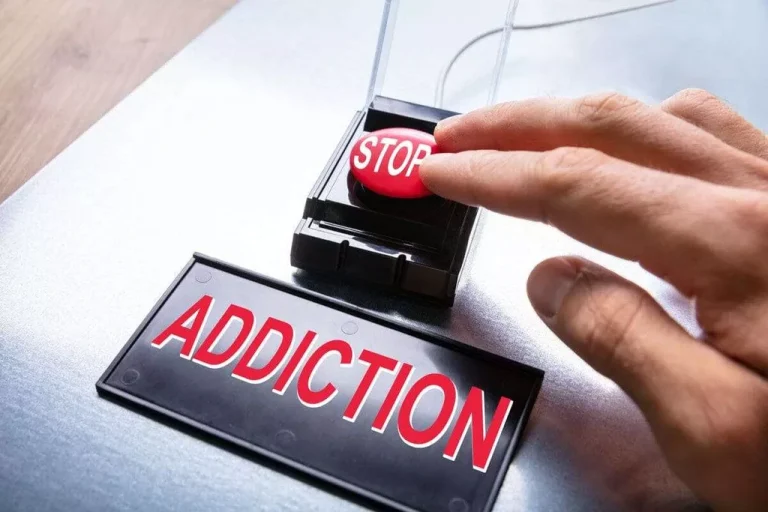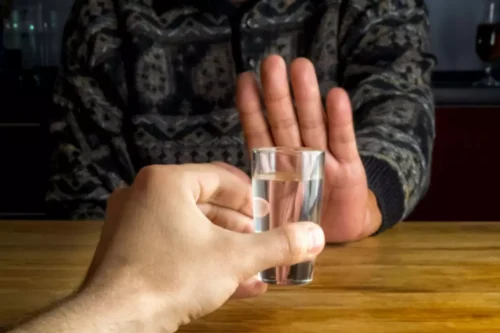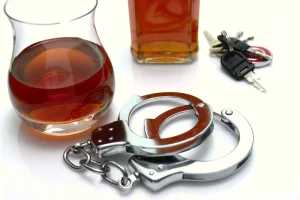If you or a loved one is struggling with substance abuse, including the use of shrooms, it is essential to seek professional help. Addiction treatment programs, such as those offered by Purpose Healing Center, a renowned provider in Arizona, can provide the necessary tools and support to overcome the effects of shroom abuse. Addressing substance abuse early can prevent more severe mental health issues and improve overall well-being. However, if you have shrooms in the sample you provide, that doesn’t mean you’ll test positive. This is because most drug tests aren’t designed to find evidence of psilocybin or psilocin.
The Link Between Substance Use and Anxiety
Shrooms, also known as magic mushrooms, are a type of shrooms drug testing fungi that contain the psychoactive compounds psilocybin and psilocin. These compounds are responsible for the hallucinogenic effects that occur when shrooms are consumed. This question may be essential for people finding addiction treatment programs. It is essential to know if mushrooms can be found in a typical drug test.
For the average person, psilocybin and psilocin may be mostly undetectable in urine, saliva and blood tests after about 24 hours. However, there are a few variables that impact how psilocybin and all drug compounds stay in your system, but the most important is time. Tests on the saliva or blood are only useful for detecting magic mushrooms in people who are actively experiencing the effects of the substance. Cutting across the three main themes of the qualitative analyses was the view that any new SC detection technology should only be used to support PWUSC. For instance, one of the main sources of scepticism towards SC testing among PWUSC, echoed by many stakeholders, was that this would be used as a way for the criminal legal system to target and punish them. They were more accepting of drug testing by healthcare, who they believed were more likely to use testing to aid treatment, rather than in a punitive manner.
Pack Easy@Home 5 Panel Instant Drug Test Kits
The interview topic guides were developed based on existing literature, input from our stakeholder partners, and team expertise. They were applied flexibly and amended to reflect new subjects that emerged during data collection. All interviews were conducted by MS, audio recorded, and transcribed verbatim with anonymisation by professional transcribers. Colorado voters approved Proposition 122 in 2022 to legalize natural psychedelics, after Oregon voters in 2020 approved legalizing psilocybin for therapeutic use.
Hair Follicle Tests
The best way to avoid testing positive on a drug screen is to not use recreational substances. If you find it difficult to stop using mushrooms or any other drug (including alcohol), please know that help is available. Psilocybin can be detected in blood for up to 15 hours, in saliva for up to 24 hours, in urine for up to 48 hours with specialized tests, and in hair for up to 90 days. It’s largely responsible for the psychedelic experience that these mushrooms provide (though there are many active compounds in magic mushrooms). There may also be a risk of magic mushrooms becoming contaminated by other detectable drugs.
How long can mushrooms stay in your system?
Unless specifically requested, psilocybin is typically not screened for in drug testing. However, specialized urine tests can detect shrooms for up to 24 hours after consumption. The detection of shrooms in hair follicles depends on various factors, including the species of mushroom, dosage, potency, and individual factors such as age, body composition, and personal tolerance level. These factors influence how long shrooms remain in the body and the likelihood of detection. The psychedelic compound in mushrooms, psilocybin, is rapidly converted into psilocin in the human body. Interpretation of hair tests for psilocin can be challenging due to the low concentrations present in hair.
With that said, detection of some compounds may potentially be present for up to 24 hours after ingestion. However, urine and blood tests are less common due to their shorter detection windows. It is important to note that the detection of shrooms in urine tests can vary depending on the type of test being administered.
The other bottleneck is the liver, where psilocybin is converted to psilocin. The best way to speed this process up is to take herbal bitters or eat bitter foods. These tests are mainly used in hospitals in acute cases where psilocybin or other psychedelic use may be suspected. Psilocybin is metabolized into psilocin before being excreted into the urine.
However, these are anecdotal claims, and there is no real scientific evidence of this. However, a person may need to undergo hallucinogen tests for certain occasions, for example, if they appear to be under the effect of these substances at the time. These drugs do not show up on many of the tests involved in common or everyday purposes, such as screening job applicants.
Will Shrooms Show Up On a Urine Drug Test?
- Similarly, PWUSC and stakeholders were generally positive towards the use of SC testing as a harm reduction tool, for instance, to provide drug checking for SCs.
- Hallucinogenic mushrooms, also known as psychedelic mushrooms, along with the compound found in them, psilocybin, have been a topic of discussion for decades.
- This discrepancy in detection windows between urine and hair follicle tests highlights the different approaches to drug screening and the need for specialized tests in certain cases.
- PWUSC were purposively recruited from homeless services in the Southwest of England.
(…) they can ask me and I’ll tell them, I’m 49 years of age, I’m a grown man, I can tell the truth, I really can you know, don’t need to test me.” (I019, male, 49y, PWUSC). This assumes that there is a perspective-independent and unobservable reality, but that research is confined to observable and perspective-dependent phenomena. The researchers, none of whom had lived experience of homelessness or SC use, actively considered their role in generating findings throughout the research process, for instance through reflexive memos and team discussions. Ethical approval was obtained from the University of Bath Research Ethics Committee (EP ; 0316–405) and from the HMPPS National Research Committee (2023 − 303). Informed consent was taken from all participants at the start of the survey and before the interview. We understand that the topic of shrooms and how long they can be detected in your system is very complex.
- And, unlike blood and urine tests, these drug tests may detect substances like psilocybin in your hair follicles for up to 90 days.
- Specialized drug tests are specifically designed to detect psilocybin mushrooms and can provide more accurate detection windows.
- This interaction is what triggers those psychoactive compounds and leads to the well-known magic mushroom psychedelic effects.
- However, we were unable to recruit people working in drug checking services for the current study and therefore suggest this as a potential avenue for future research.
Do Shrooms Show Up on Drug Tests?
The body breaks down and excretes shrooms and psilocybin relatively quickly. Most people can expect the compounds to be out of their system within 24 hours, after which they are no longer detectable in urine. However, there are several individual factors that may affect these timings. These include the dosage, potency, type of mushroom, personal tolerance level, preparation method, and whether the mushrooms were consumed with food or on an empty stomach.
Hallucinogenic mushrooms, also known as psychedelic mushrooms, along with the compound found in them, psilocybin, have been a topic of discussion for decades. Researchers are still exploring the full effects of the active compounds found in shrooms but also how they relate to the physical and psychological addiction this drug can cause. People who take a single hit of psilocybin mushrooms can experience the effects of the drug within an hour of taking it, followed by a brief comedown period, with traces of the drug excreted in as little as 5 hours. Most users retain a detectable trace of psilocybin for around 24 hours after their last dose. If you’re Googling “does mushrooms come up on a drug test,” you’re not alone.
These tests are typically available through specialized drug testing labs or forensic toxicology labs. Similarly, PWUSC and stakeholders were generally positive towards the use of SC testing as a harm reduction tool, for instance, to provide drug checking for SCs. Drug checking services offer chemical analysis of samples to inform clients about the identity of the drugs they plan to use, often delivered in conjunction with harm reduction advice, and have grown globally in recent years 29, 30. A large proportion of the harms of SCs stem from their variable chemical composition and potency 21, 32, 33, and drug checking therefore has the potential to reduce the risk of harmful and sometimes lethal effects from SCs. Therefore, the current POC device is being developed to detect a wide range of novel psychoactive substances, including ‘street’ benzos and synthetic opioids, and has been trialled in drug checking services in Norway and New Zealand. However, we were unable to recruit people working in drug checking services for the current study and therefore suggest this as a potential avenue for future research.
Therefore, improved detection must be accompanied by both adequate treatment and measures that address vulnerability factors such as homelessness, lack of purposeful activity (in prisons), health issues, and trauma. Most believed that the POC test was unlikely to meet the threshold for evidential use in criminal courts and that it would still be necessary to send samples off to forensic laboratories for full analysis. Other purposes of testing mentioned by police stakeholders included in probation settings (saliva) and by the UK Border Force (drugs). Magic mushrooms, scientifically known as psilocybin mushrooms and by their street name, shrooms, are classified as hallucinogens. Due to their potent hallucinogenic and euphoric effects, magic mushrooms are classified as a Schedule I substance under the Controlled Substances Act.
Colorado’s program is modeled after, but not the same as, Oregon’s, under which 21,246 psilocybin products have been sold as of March, a total that could include secondary doses, according to the Oregon Health Authority. Figuring out how long shrooms and other psychedelic drugs stay in your system is tricky because there’s no single answer that works for everyone. Mushrooms like lion’s mane, turkey tail, or reishi are incredibly safe when taken as supplements. There is no realistic risk of overdose with functional mushroom extract powders. So if you’re using Mind Mix or Body Blend, you’re supporting focus, immunity, and recovery—without even touching the world of controlled substances.










